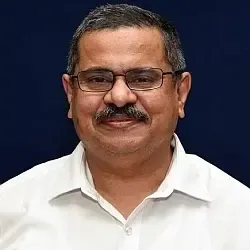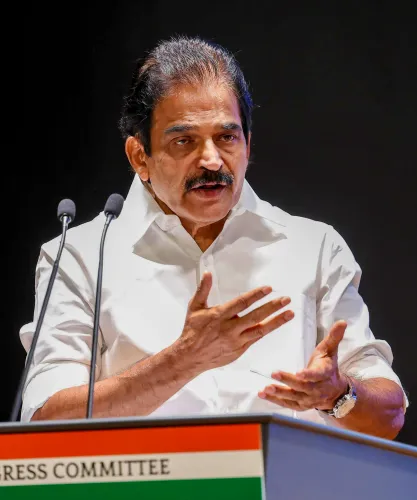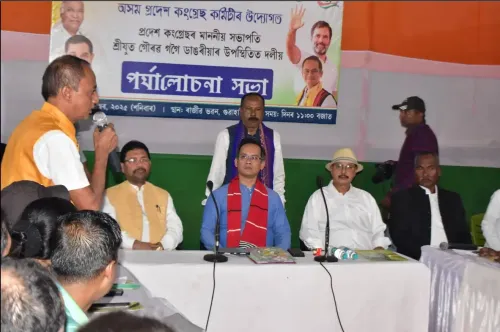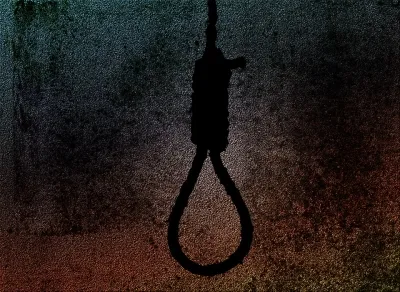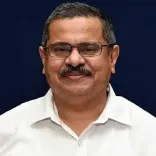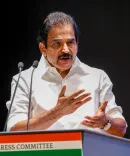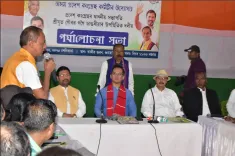India Achieves Independence from Foreign Aid in AIDS Management: NACO
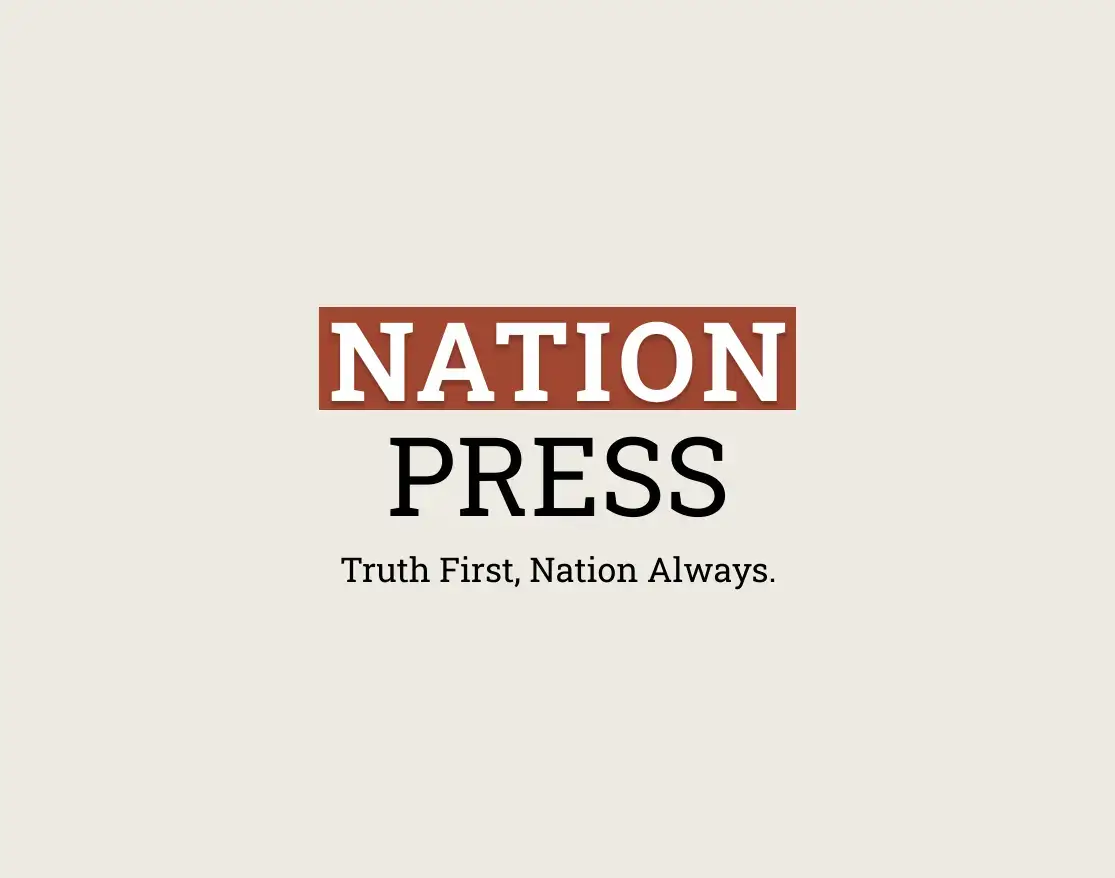
Synopsis
Key Takeaways
- India's independence from foreign aid for AIDS management.
- 94% of funding for AIDS programs comes from the government.
- Phase-V of NACP aims for 80% reduction in HIV infections by 2025.
- Achieving 95-95-95 targets is a priority.
- HIV rates have halved since 2010 in India.
New Delhi, Feb 21 (NationPress) India is now independent of foreign aid or external funding for managing the AIDS crisis, as stated by Dr Uday Bhanu Das, the Deputy Director General of the National AIDS Control Organisation (NACO), part of the Ministry of Health and Family Welfare, on Friday.
During the 16th National Conference of the AIDS Society of India in Ahmedabad, Gujarat, Das emphasized that the majority of funding for various AIDS initiatives is sourced from the government.
“Currently, the National AIDS and STIs Control Programme of the Government of India is funded 94 percent by the government, with a mere 6 percent coming from the Global Fund. It’s crucial to note that the Government of India also supports the Global Fund and the WHO financially. We are indeed no longer reliant on foreign assistance,” Das remarked.
The fifth phase of the National AIDS Control Programme (NACP) aims to diminish new annual HIV infections and AIDS-related deaths by 80 percent by 2025-26, compared to the 2010 baseline.
Another significant goal is to achieve the 95-95-95 targets by 2025. This means that 95 percent of all individuals living with HIV should be aware of their status, 95 percent of those aware should receive life-saving antiretroviral therapy, and 95 percent of those undergoing treatment should achieve viral suppression.
“In 2024-2025, 84 percent of estimated people living with HIV in India were aware of their status, 86 percent were receiving life-saving antiretroviral therapy, and 94 percent achieved viral suppression,” Das noted.
Globally, 86 percent of people living with HIV knew their status, 89 percent were on antiretroviral therapy, and 93 percent of those on treatment were virally suppressed.
“To eliminate AIDS, we must ensure that all individuals with HIV are aware of their status, 100 percent are on life-saving antiretroviral therapy, and 100 percent achieve viral suppression. This will keep all individuals with HIV healthy and prevent further transmission,” stated Dr Ishwar Gilada, President Emeritus of the AIDS Society of India (ASI).
According to NACO, by 2023, HIV rates in India have nearly halved since 2010, with a decrease of 44.23 percent, surpassing the global decline of 39 percent during the same timeframe. Furthermore, AIDS-related deaths in India have fallen by 79.26 percent by 2023, which is more than the global reduction of 51 percent during this period.


